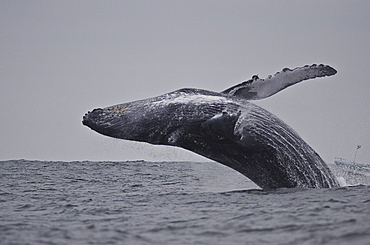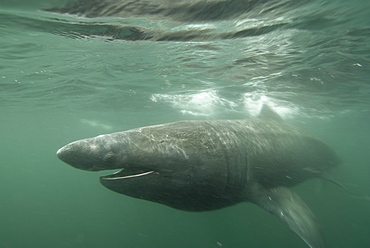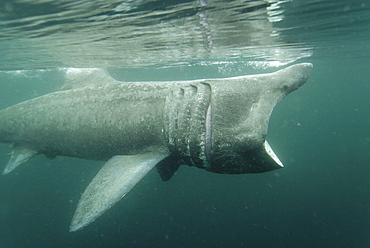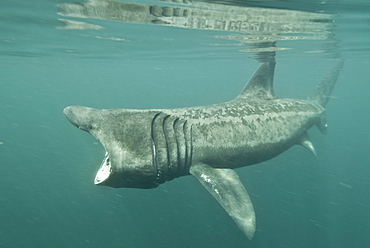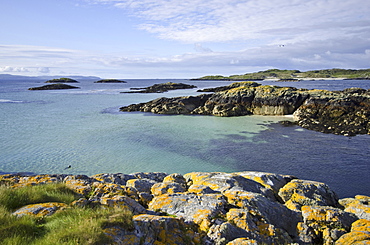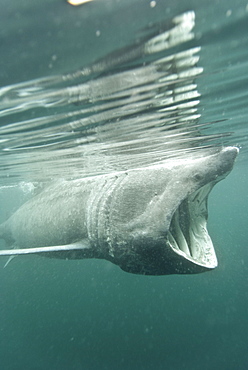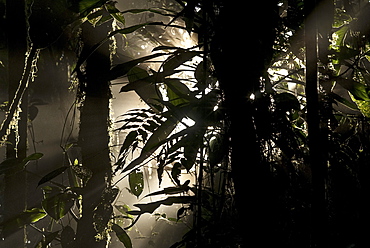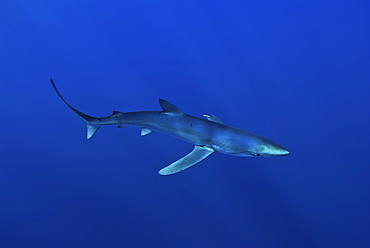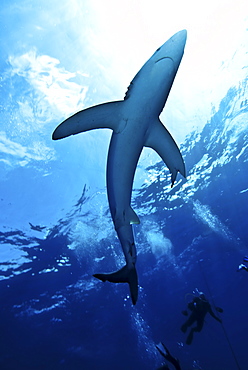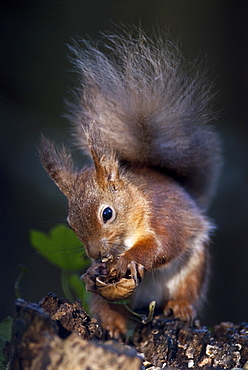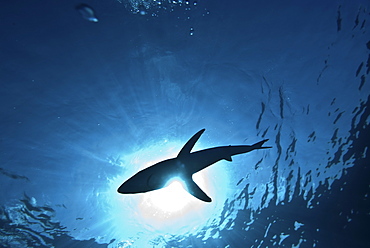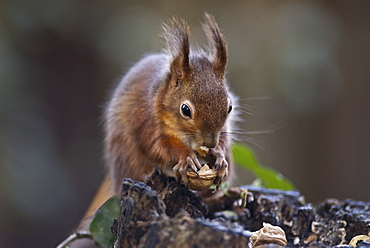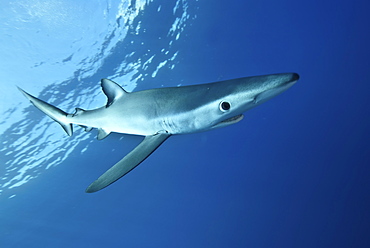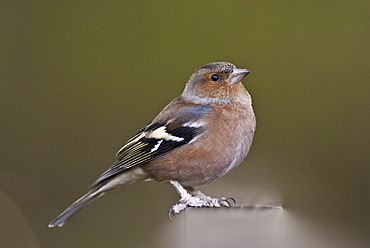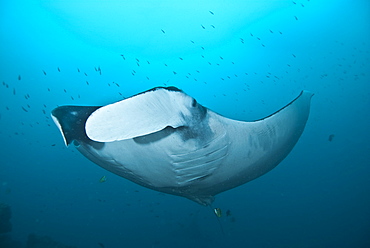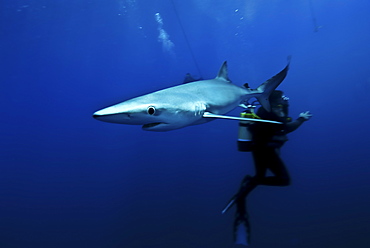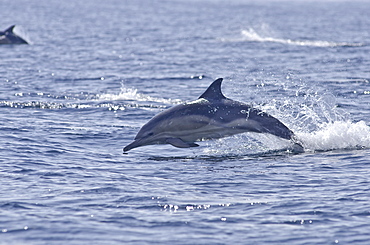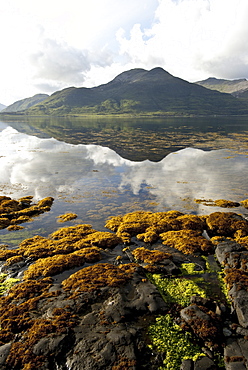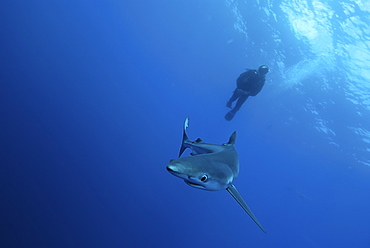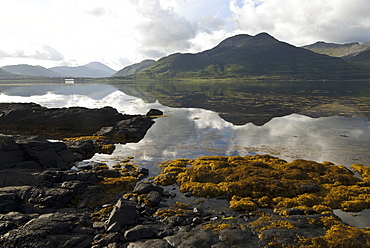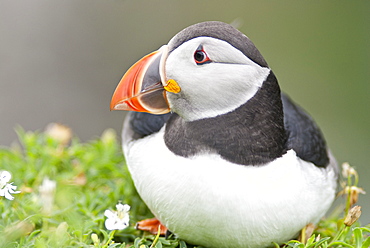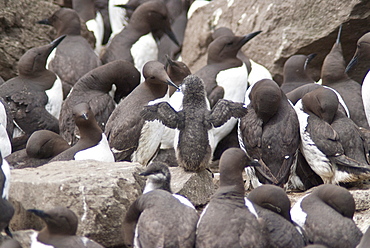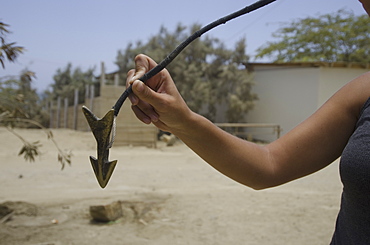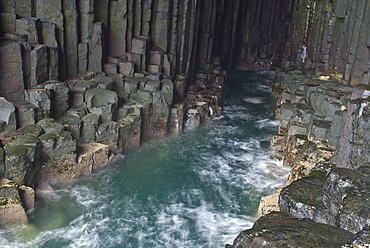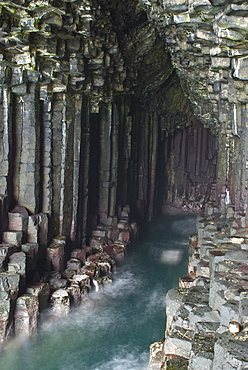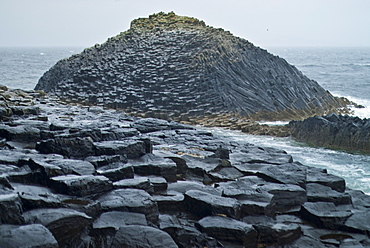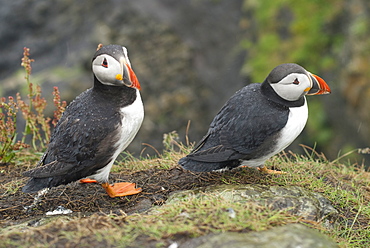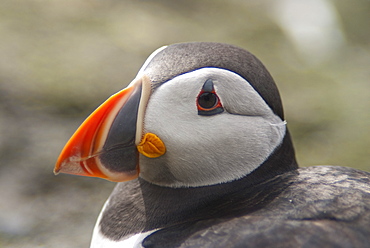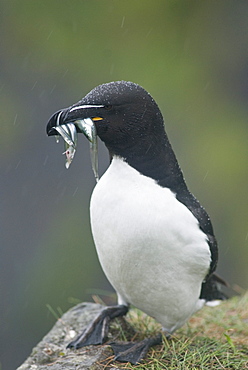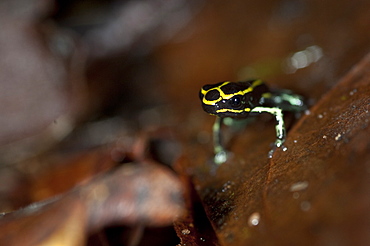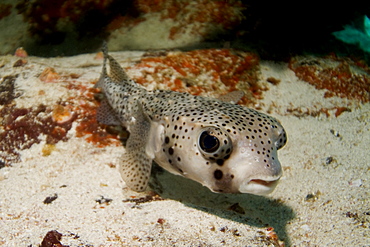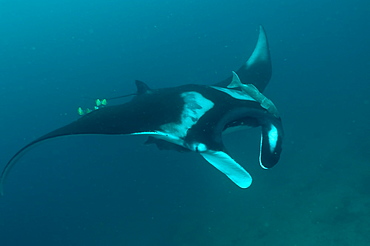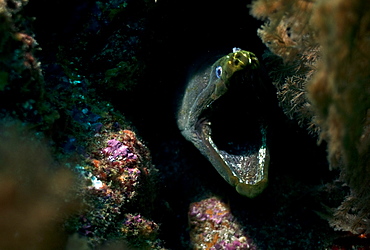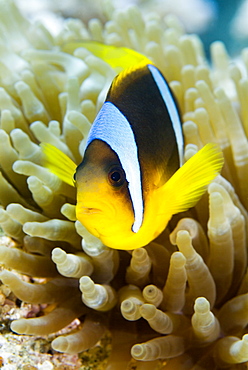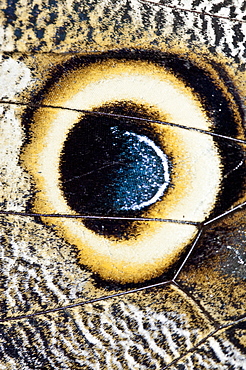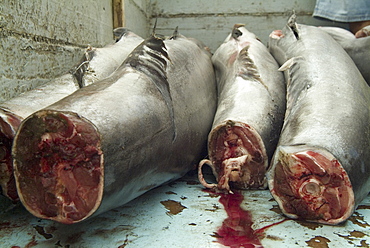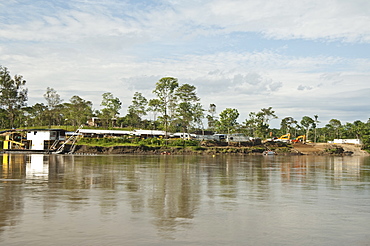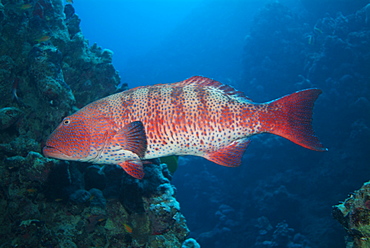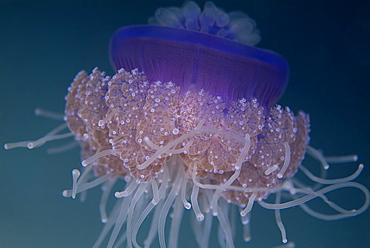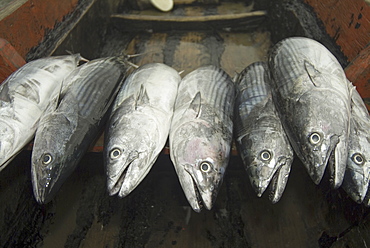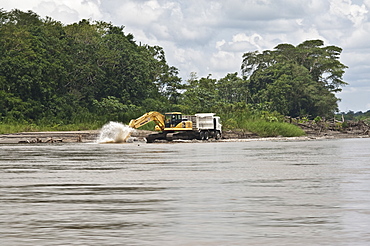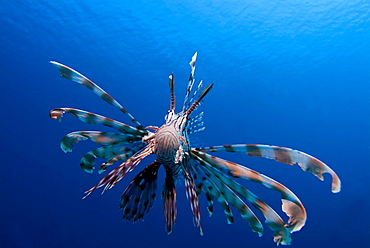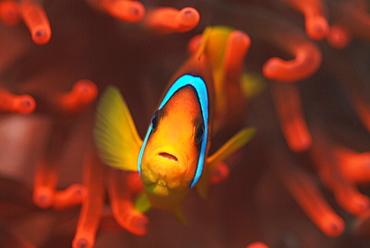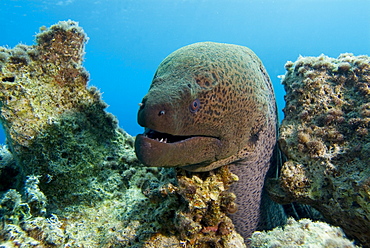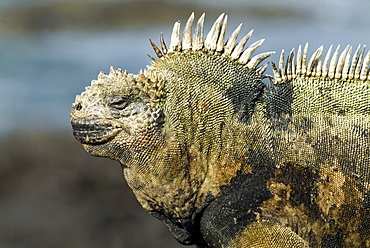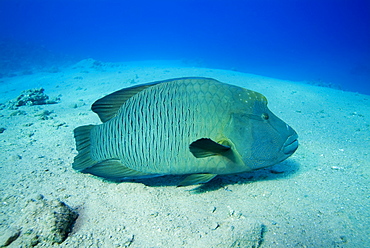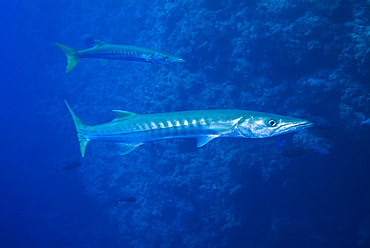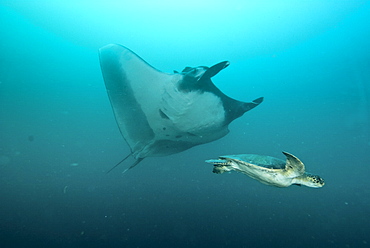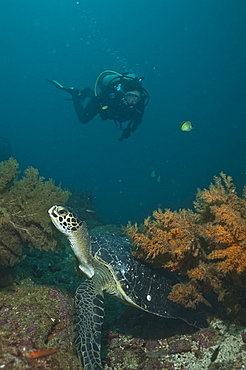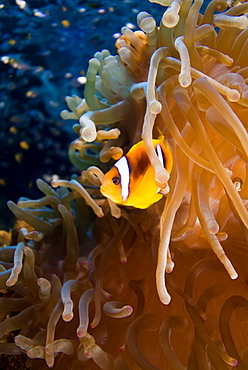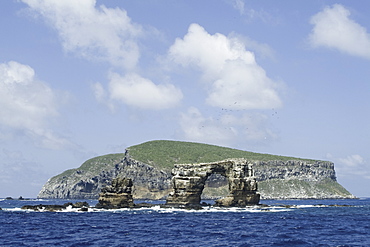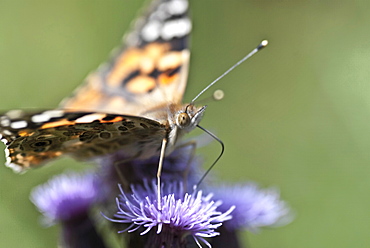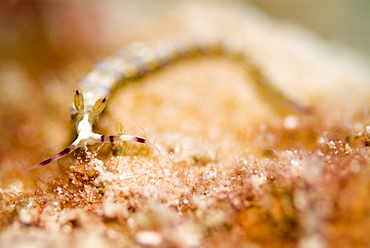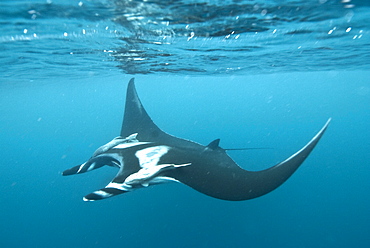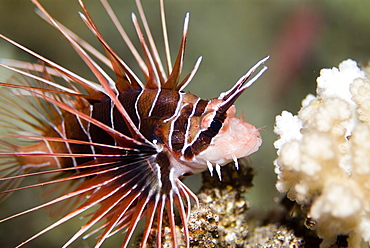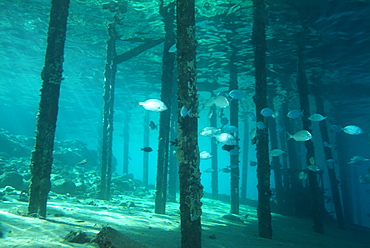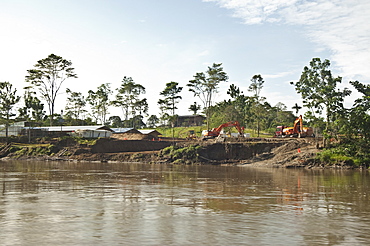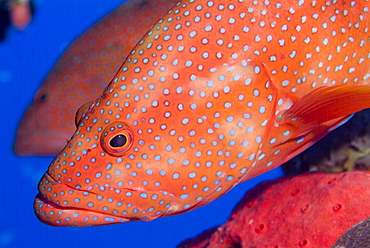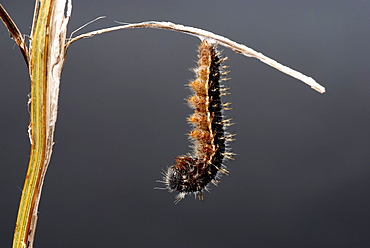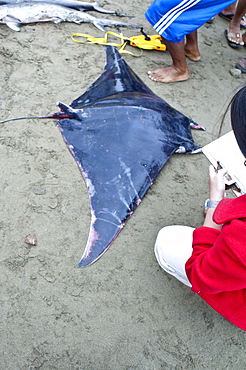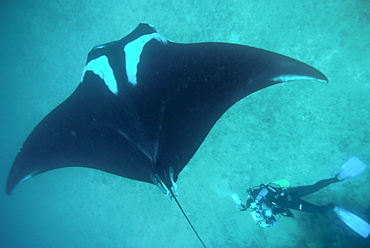Results
1 2 3 … 5 Next »
485 results found
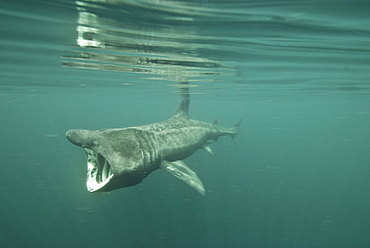
Basking shark (Cetorhinus maximus) feeding on plankton, Inner Hebrides, Scotland, United Kingdom, Europe
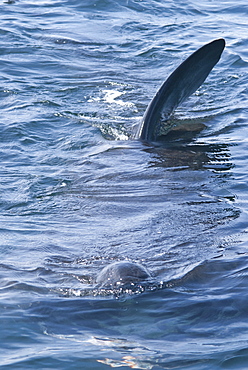
Dorsal fins at the surface, telltale signs of the giant basking shark (Cetorhinus maximus), Coll, Inner Hebrides, Scotland, United Kingdom, Europe
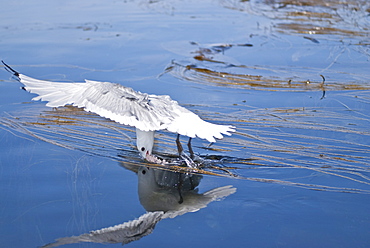
Black-legged kittiwake (Rissa tridactyla), Isle of Lunga, Inner Hebrides, Scotland, United Kingdom, Europe
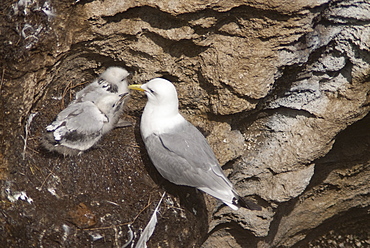
Black-legged kittiwake (Rissa tridactyla), Isle of Lunga, Inner Hebrides, Scotland, United Kingdom, Europe
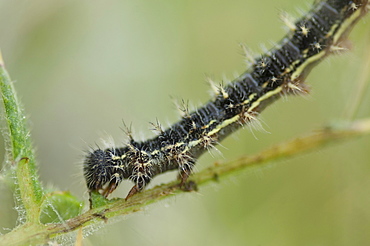
As the caterpillars grow, they leave their silk protection and continue feeding until they are large and mature enough to seek somewhere safe to change into chrysalis.. Isle of White, UK. Isle of White, UK
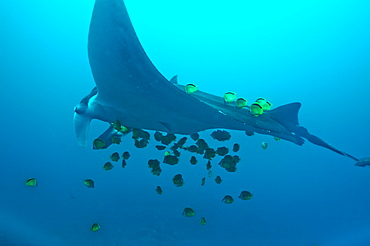
Manta Birstris showing cleaning station activity. Observations part of project elasmo, conservation project in Ecuador.
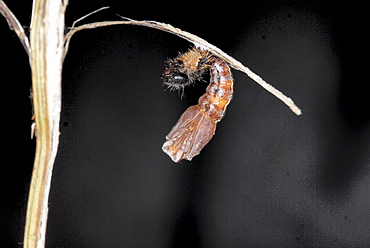
When the shed skin nears the tail, the newly formed chrysalis begins to shake very vigorously until the skin falls to the ground, then it settles down to form the butterfly within. The shape of the wings, anttenae and eyes can already be clearly seen. The process completes in seven to ten days. . Isle of White, UK. Isle of White, UK

Redmouth Grouper (Aethaloperca rogaa) Showing its namesake bright red inside mouth. Can often be found living amongst colonies of Yellow Sweeper (Parapriacanthus ransonneti) which it vigorously protects from attack by passing jacks, in return for feeding from the same glassfish colony. Red Sea.
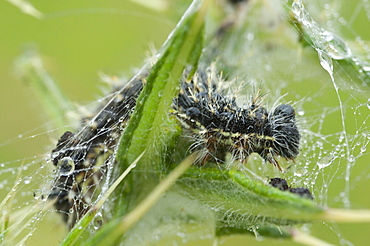
The young caterpillars once hatched make silk compounds within which they start their growing process which takes about two weeks. The silk enclosure helps to protect them against potential predators. . Isle of White, UK. Isle of White, UK

Giant manta ray, Isla de la Plata Ecuador. Portrait shot of Manta birostris approaching camera. Pacific Ocean, Ecuador
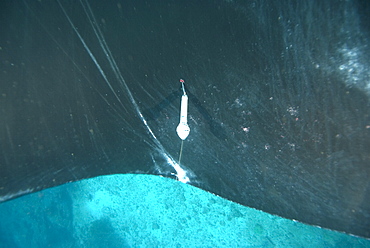
Satellite Tag attached to Giant Manta Ray, Ecuador. The lines to the left indicate recent fishing damage. Pacific Ocean, Ecuador
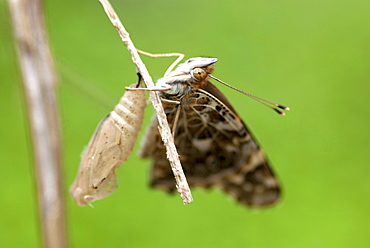
Adult painted lady butterfly shortly after emerging from chrysalis. The wings take over an hour to become strong enough to fly.. Isle of White, UK. Isle of White, UK
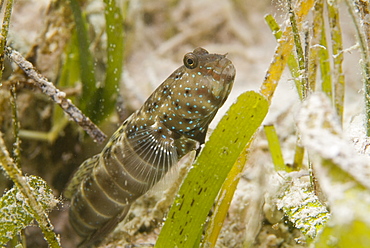
LutherÌs Partner Goby (Cryptocentrus lutheri) Lives in partnership with the snapping shrimp Alpheus djiboutensis. One of many Goby/Shrimp partnerships, The goby always choosing to pair with the same species of shrimp. The goby keeps a watchful eye for the almost blind shrimp, in return for sanctuary in the hosts burrow. The shrimp digs constantly and maintains contact with the goby at all times via antennae. Red Sea.
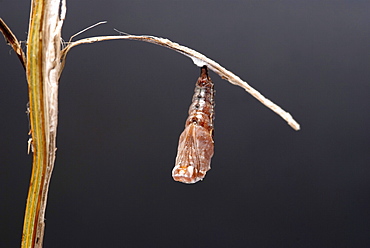
When the shed skin nears the tail, the newly formed chrysalis begins to shake very vigorously until the skin falls to the ground, then it settles down to form the butterfly within. The shape of the wings, anttenae and eyes can already be clearly seen. The process completes in seven to ten days. . Isle of White, UK. Isle of White, UK

Giant manta ray, Isla de la Plata Ecuador. Portrait shot of Manta birostris approaching camera. Pacific Ocean, Ecuador

Adult painted lady butterfly shortly after emerging from chrysalis. The wings take over an hour to become strong enough to fly.. Isle of White, UK. Isle of White, UK
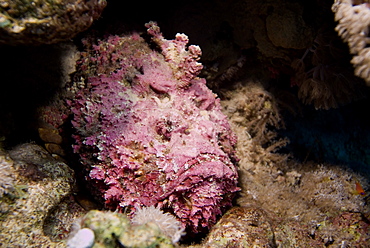
Stonefish (Synaceia verrucosa) said to be the world's most venomous fish. Found in many colours according to habitat. Probably also the worlds most adaptable camouflage system for a fish. Red Sea.
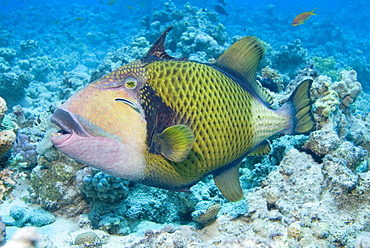
Titan Triggerfish (Balistoides viridescens) The largest of the triggerfish family and often aggressive when approached especially whilst nesting. Red Sea.

Stonefish (Synaceia verrucosa ) said to be the worldÌs most venomous fish. Found in many colours according to habitat. Probably also the worlds most adaptable camouflage system for a fish. Red Sea.

Research diver approaching manta birostris to record detail in research program, Project Elasmo. Pacific Ocean, Ecuador
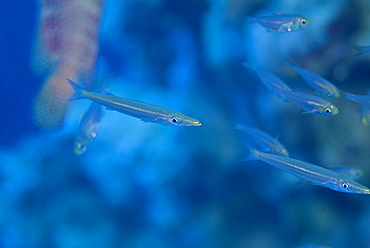
Juvenile Barracuda (Sphyraena Sp.). Found amongst a dense school of Yellow Sweeper making use of the protection of a Redmouth Grouper, until their increasing size gave away their camouflage. Red Sea.

Giant manta ray, Isla de la Plata Ecuador. Portrait shot of Manta birostris approaching camera. Pacific Ocean, Ecuador
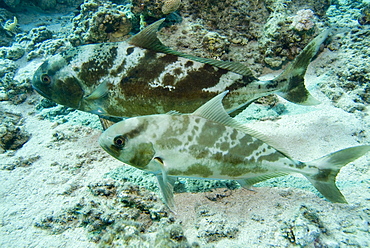
Blackbanded Jack (Seriolina nigrofasciata) the same individuals as in 8350, showing their ability to blend skin colour changes for camouflage purpose. Red Sea.

